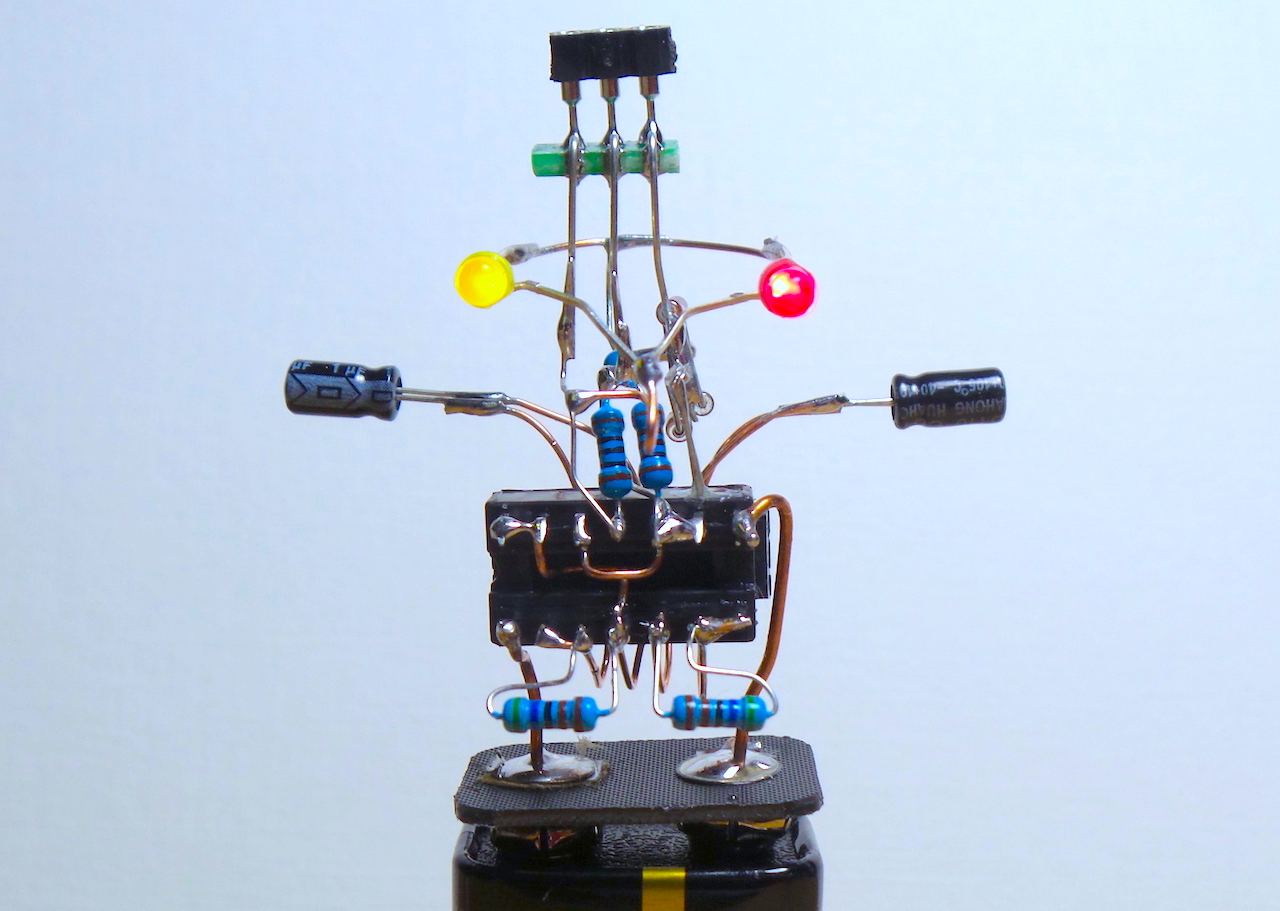The LEAP Gallery
From the start, every project in the Little Electronics & Arduino Projects (LEAP) collection has included at least one hero image as part of the documentation.
So feeling lazy and in the mood for some un-challenging fiddling, I decided to put them in a gallery. It’s perhaps not very useful as a visual navigation tool, but at least I find it interesting to look at the patterns.
The transition from green cutting board to wood tones corresponds with about when I discovered the Boldport Club and started to think of my hobby as more art than science. Not that it has turned me into a photographic genius, but at least now I think twice about lighting and background before snapping away!
NB: loading time is not optimized, as I haven’t generated thumbnails for the images.
read more and comment..
Ring of Fire
The usual cloud cover and a simple handphone camera didn’t make for the
most scientifically accurate images of the
26 December 2019 Annular Solar Eclipse,
but after pushing all the filters to 10, this snap from my window in Singpore is perhaps
more interesting for it!

I remember seeing my first solar eclipse in 1976 standing on the beach in Melbourne. The transition from full summer sunkist to an eerie dusk was exhilarating for my young mind pumped up on school projects about eclipses, pinhole cameras and the like.
read more and comment..
LEAP now has its own feed
For a couple of years I have been using this blog to post snippets about new projects in the Little Electronics & Arduino Projects (LEAP) GitHub repo.
This was mainly a way to have a project link I could use as link bait;-) … but it was also a chore I could do without!
A little while back I revised the Jekyll static web site generator that runs over the LEAP repo and is responsible for for its accompanying site at leap.tardate.com.
Now the LEAP site renders each project nicely for the web, with social sharing support i.e. with twitter card, open graph etc. It also has an RSS feed of all the projects as they are added. To dig under the cover of how this works, see notes in the /catalog folder of the repo.
So in future, I’ll probably only post about LEAP projects on this blog if they are really really special in some way. And if you just want to follow the electronics stuff - follow leap.tardate.com instead of this blog!
read more and comment..
LEAP#465 Mr BiJuT
Mr BiJuT is what I’m calling my freeform realisation of a simple NPN/PNP transistor testing circuit.
This is a nifty little design that I found in the Radio and Electronics Cookbook. It is one of those circuits that is the height of simplicity but is also quite tricky in it’s own way! Whether you immediately “get” how it works depends very much on how you draw the schematic;-)
As always, all notes, schematics and code are in the Little Electronics & Arduino Projects repo on GitHub
read more and comment..


